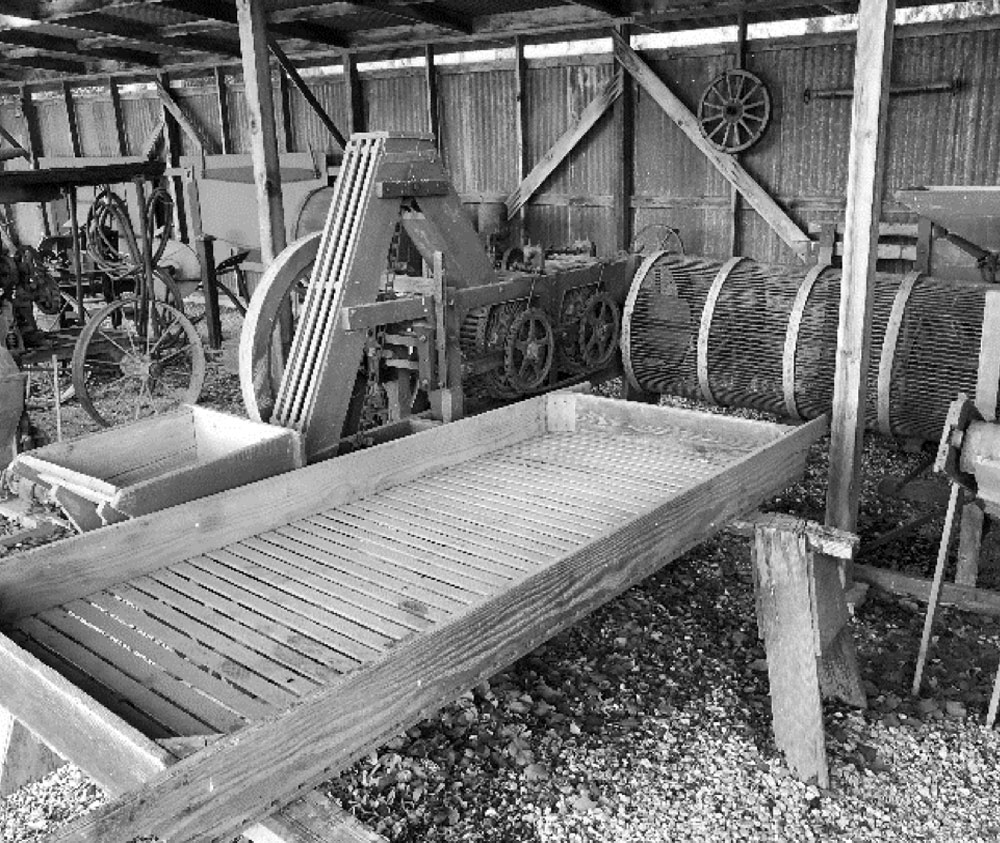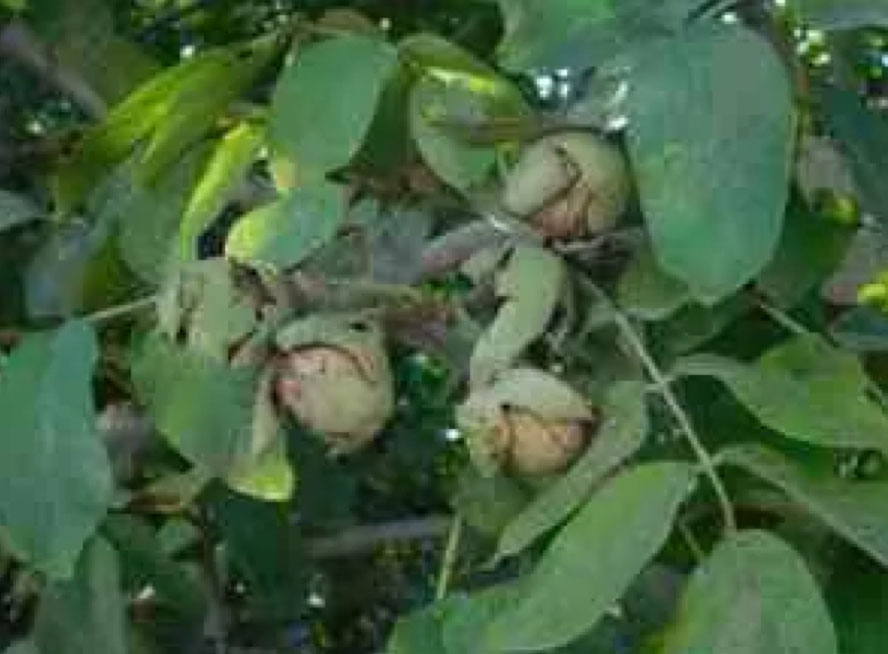Walnut Huller
Non-farmers may think that the “nut” of walnuts packaged in plastic for sale at the grocery store come that way directly from the field. If slightly more educated, they realize that it takes work to extract the walnut “kernel” (the nut that we eat) from its hard shell with nutcracker and pick. But, consider yourself now fully informed: the walnut shell is actually encased in a dry outer covering which hangs from the tree.
Actually, the walnuts we buy in the store go through quite a process to arrive the way we’ve been accustomed to purchasing them:
- Walnut Processing: picking the fruit
- Walnut Hulling: removing the dry outer shell that has begun to crack
- Walnut Drying: walnuts are dried until they reach the desired moisture content
- Walnut Storage: because walnuts are only harvested in a limited season, they are stored to supply demand throughout the rest of the year
- Walnut Shelling: the walnut shell is cracked and opened. The walnut kernels are sorted by color (lighter being most desired) and sorted by whole, half and pieces.
- Walnut Pasteurization: an optional practice for walnuts, this process heats up the nuts to a very high temperature for a short amount of time, and then cools them, to remove microorganisms.
- Walnut Packaging: walnuts are packed according to the customer’s specifications: either in shell or shelled.
Walnuts were commonly grown and harvested in the Goleta Valley at the time the Stow family grew them. In 1903, Goleta wainwright (wagon maker/repairer) George “Fritz” Maiers invented a labor-saving machine to hull walnuts, replacing the work of at least 35 men hulling by hand. The shed in the La Patera Ranch Yard was used for packing and storing the walnuts, almonds, lemons, and lima beans the family harvested.


Quick Facts About Walnuts:
- California supplies 100% of the walnuts to the U.S. market and 99% to markets globally
- Walnuts are harvested between September and early November